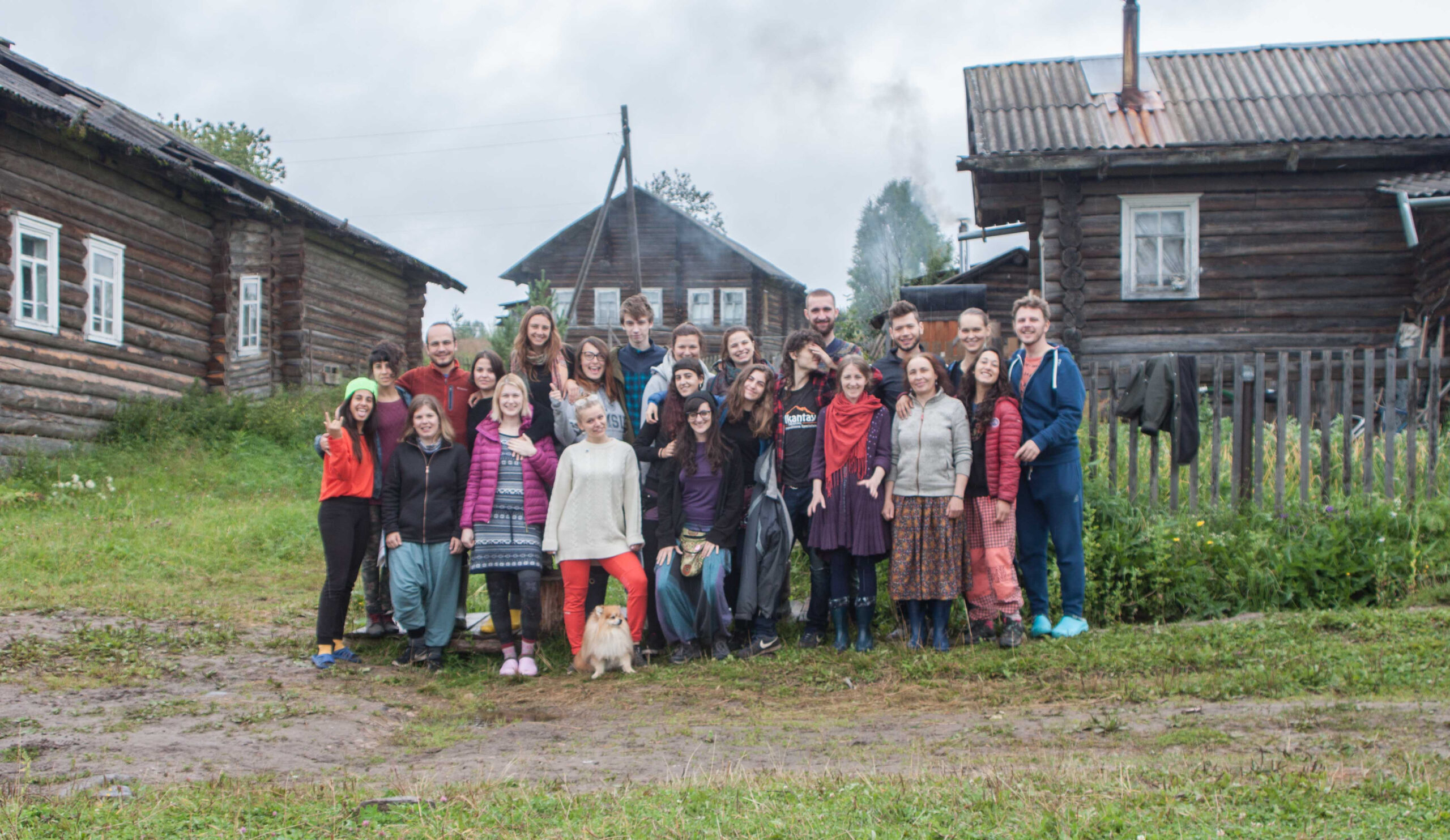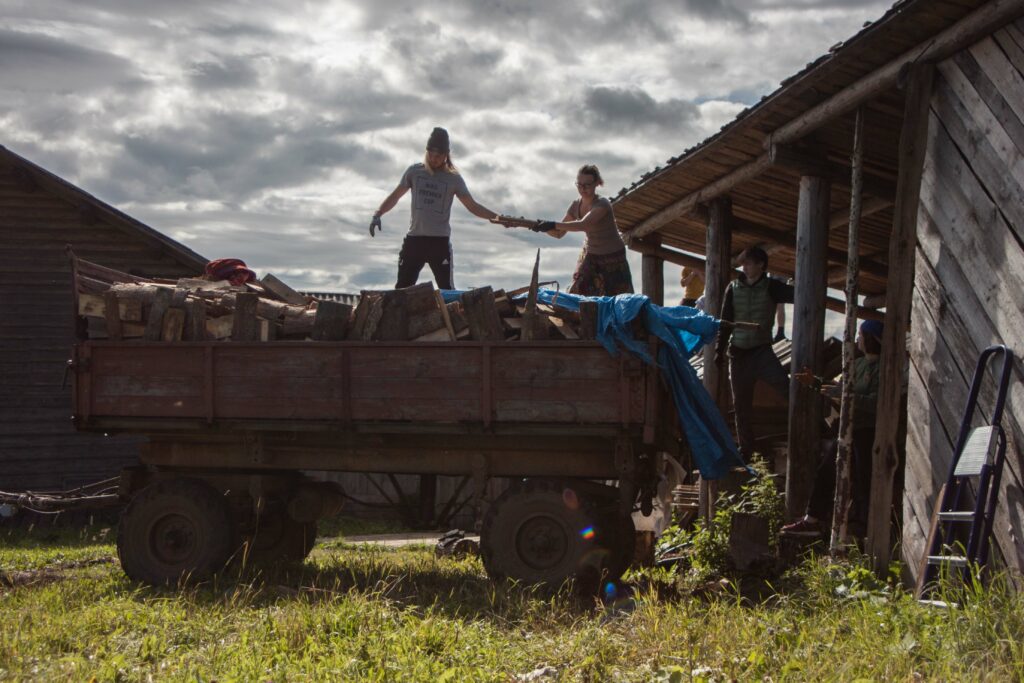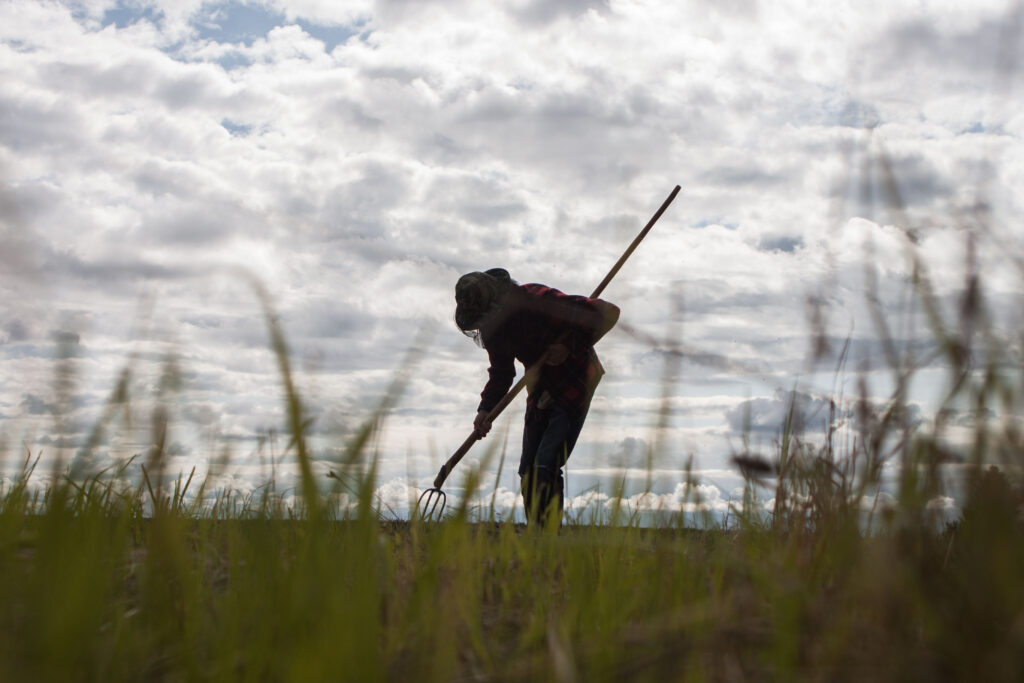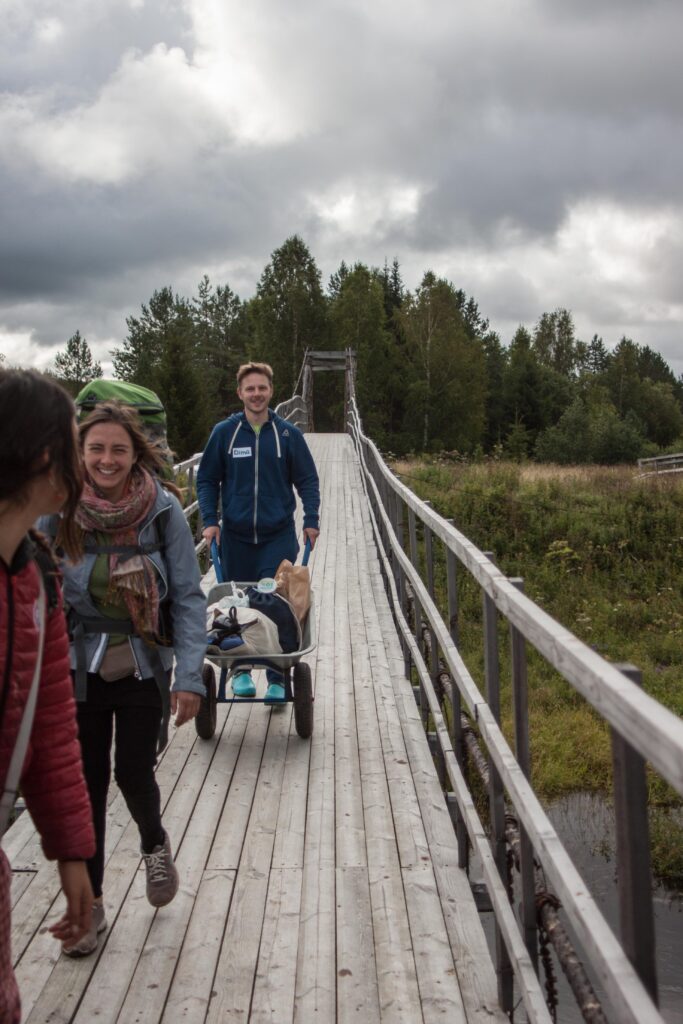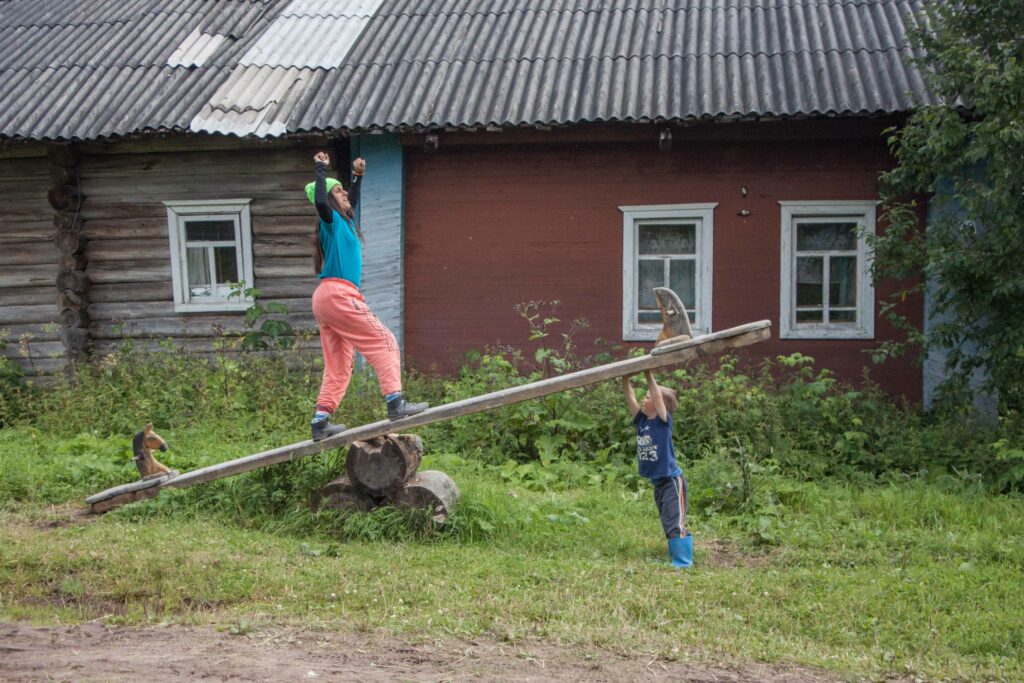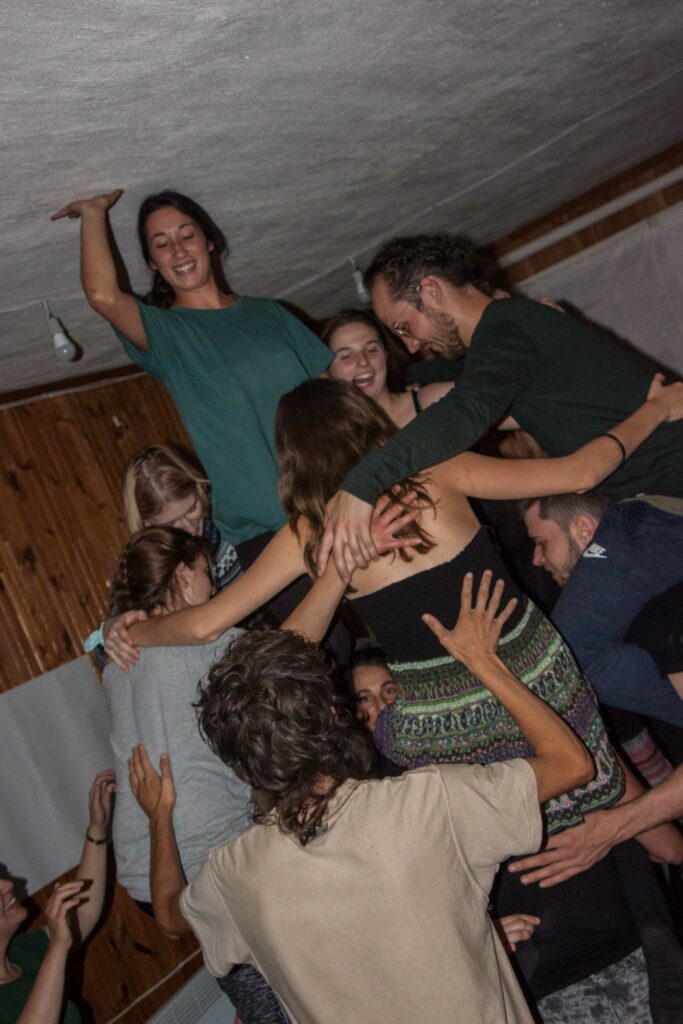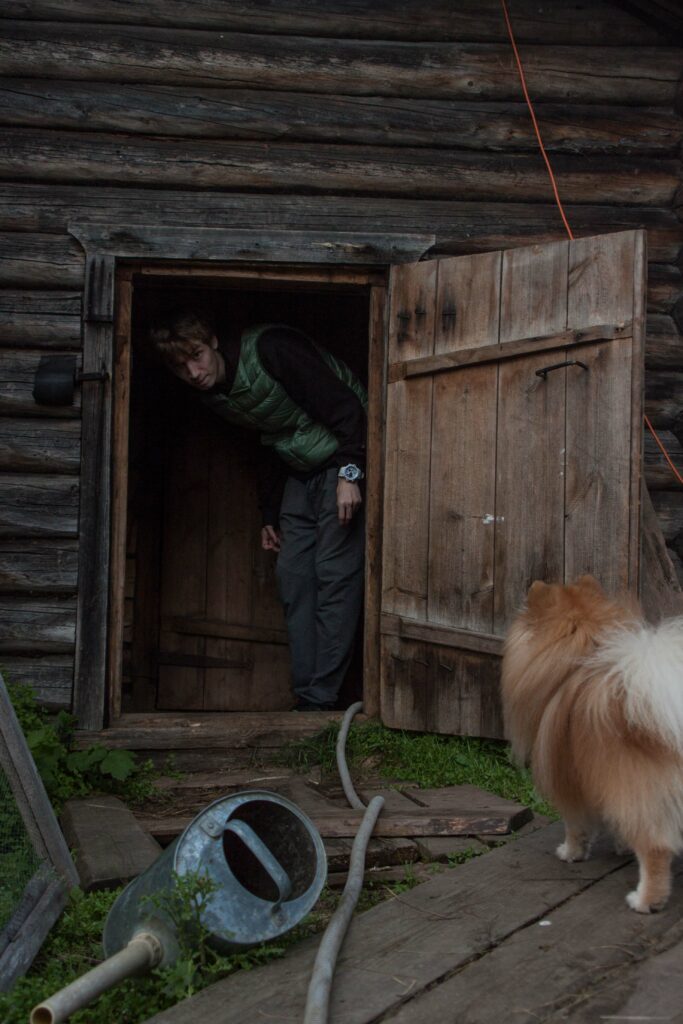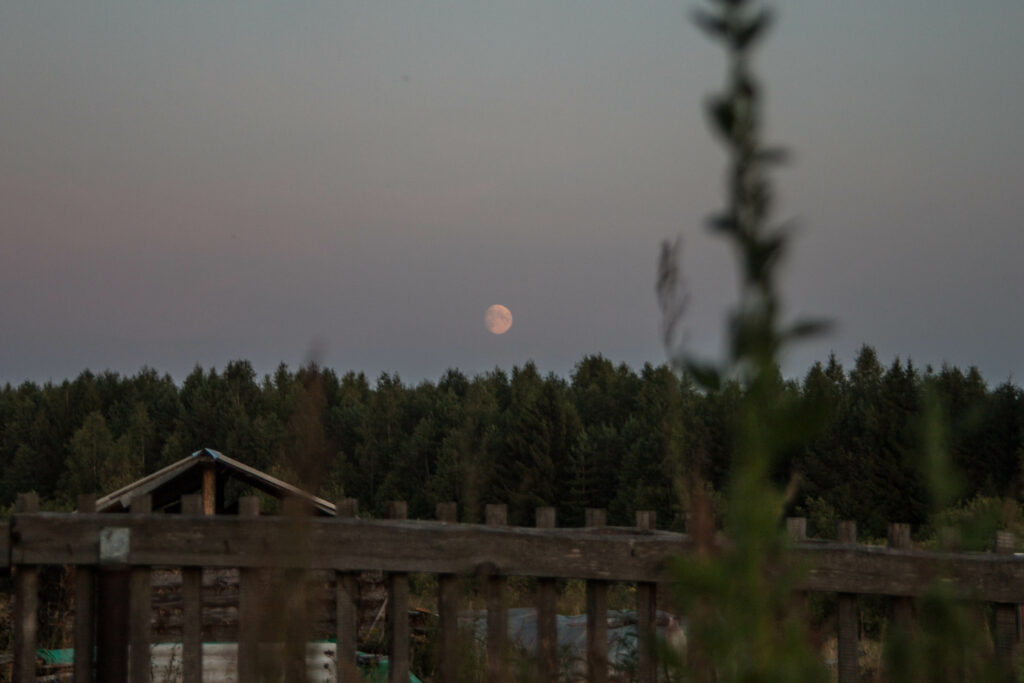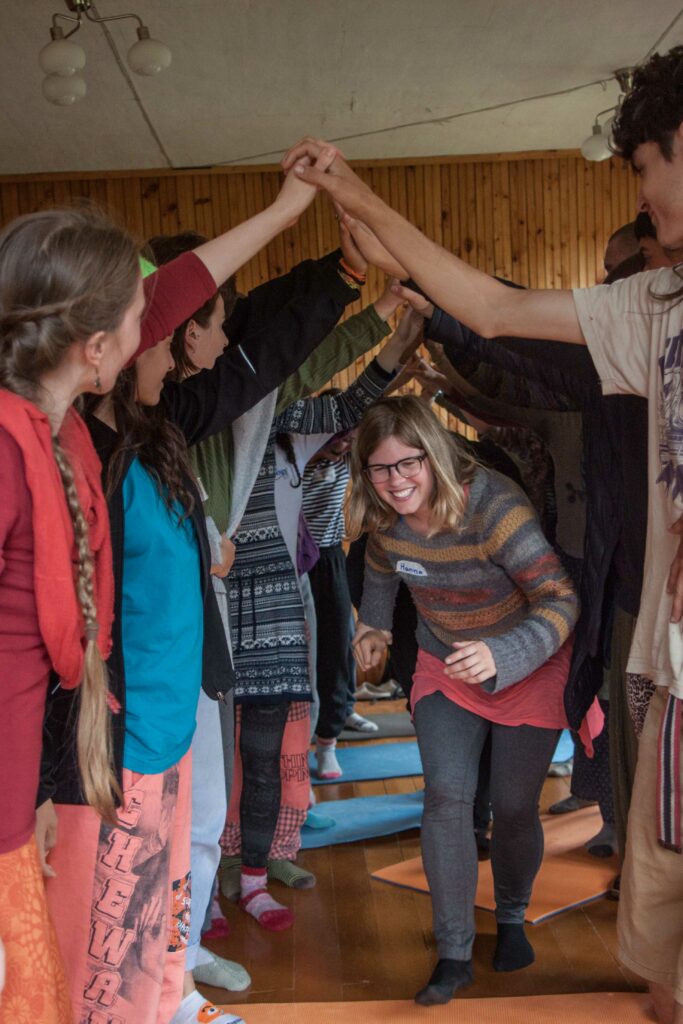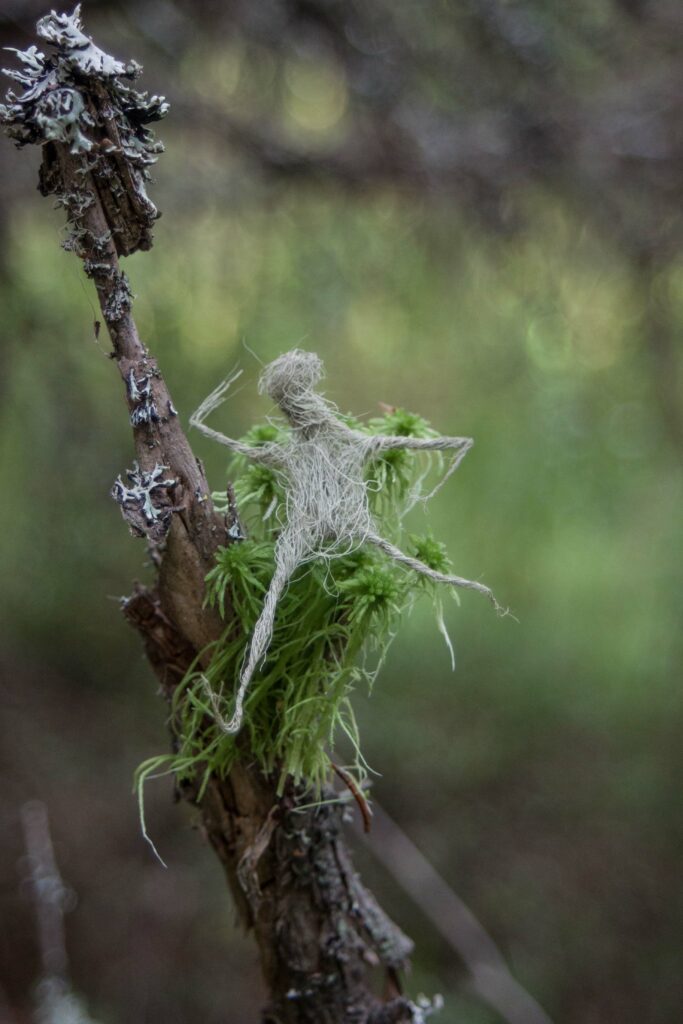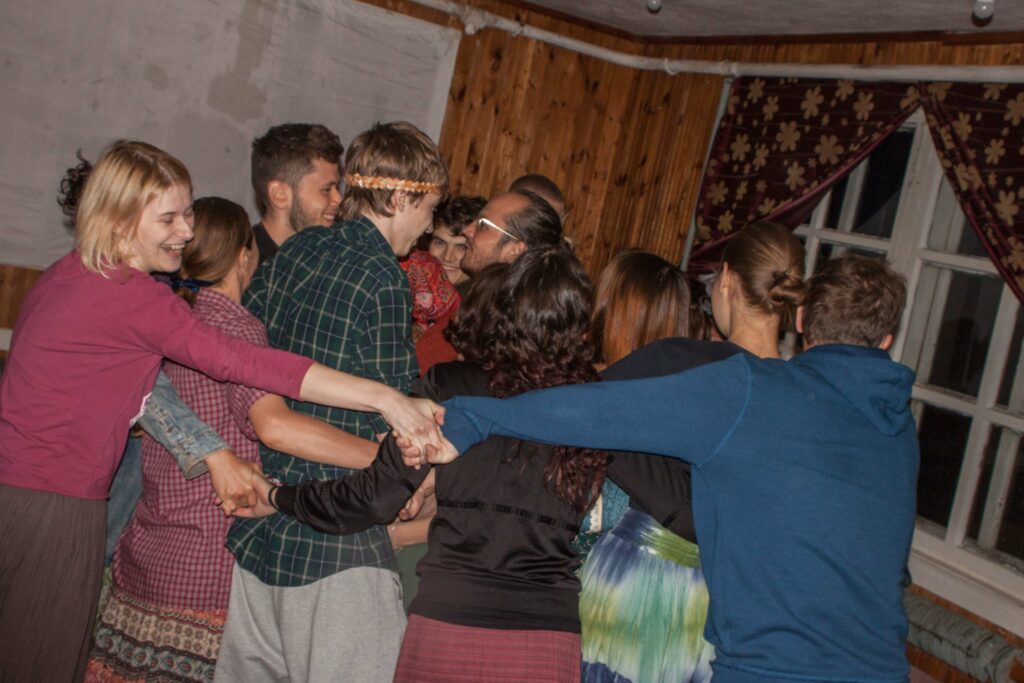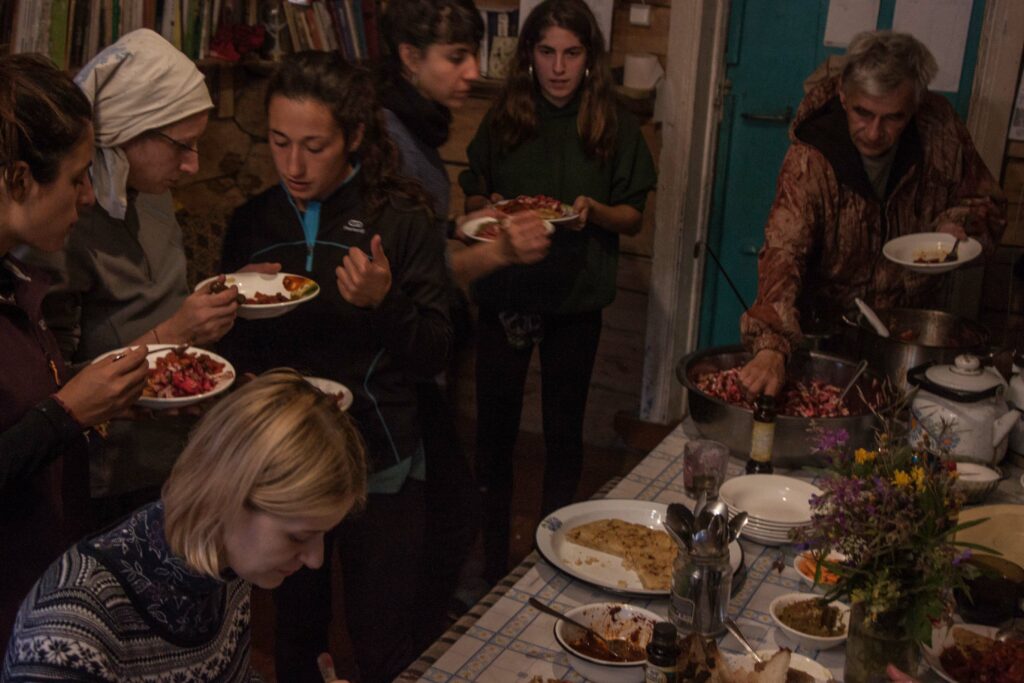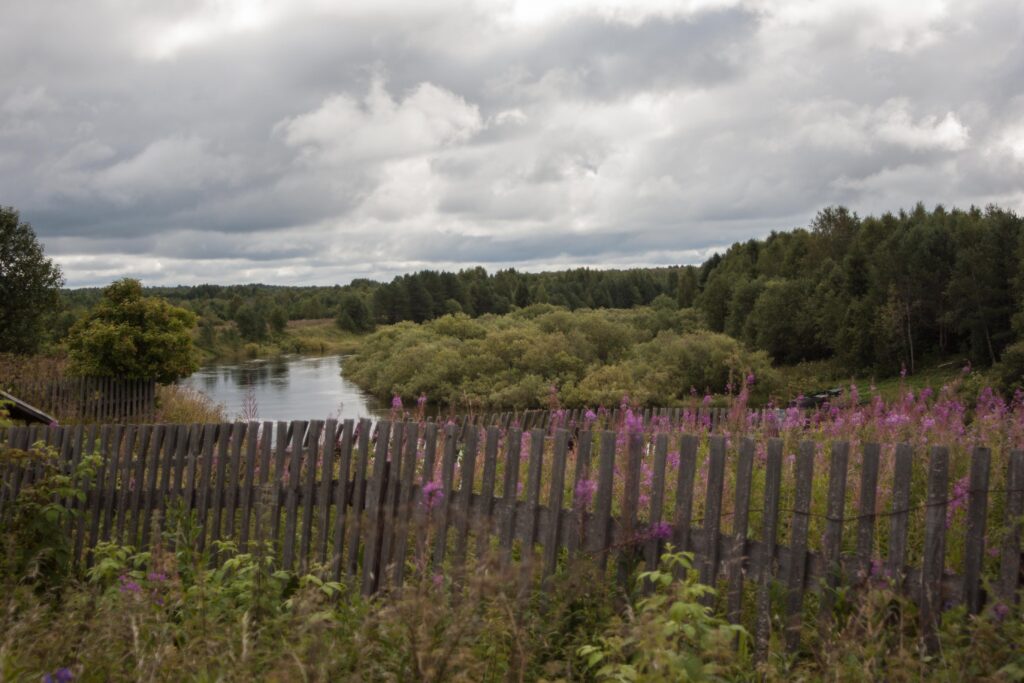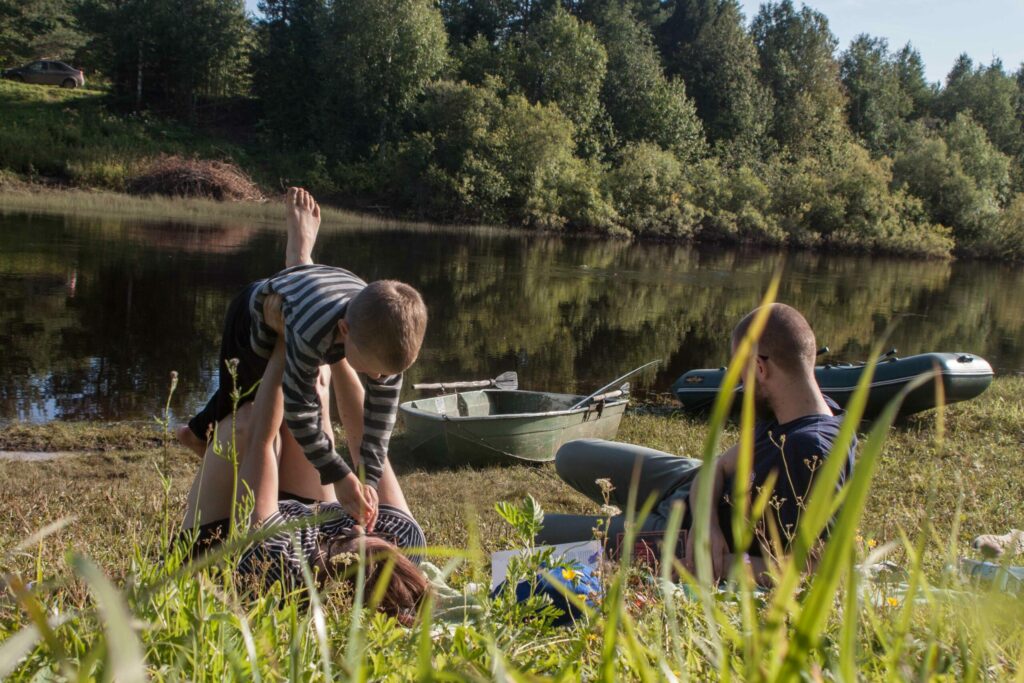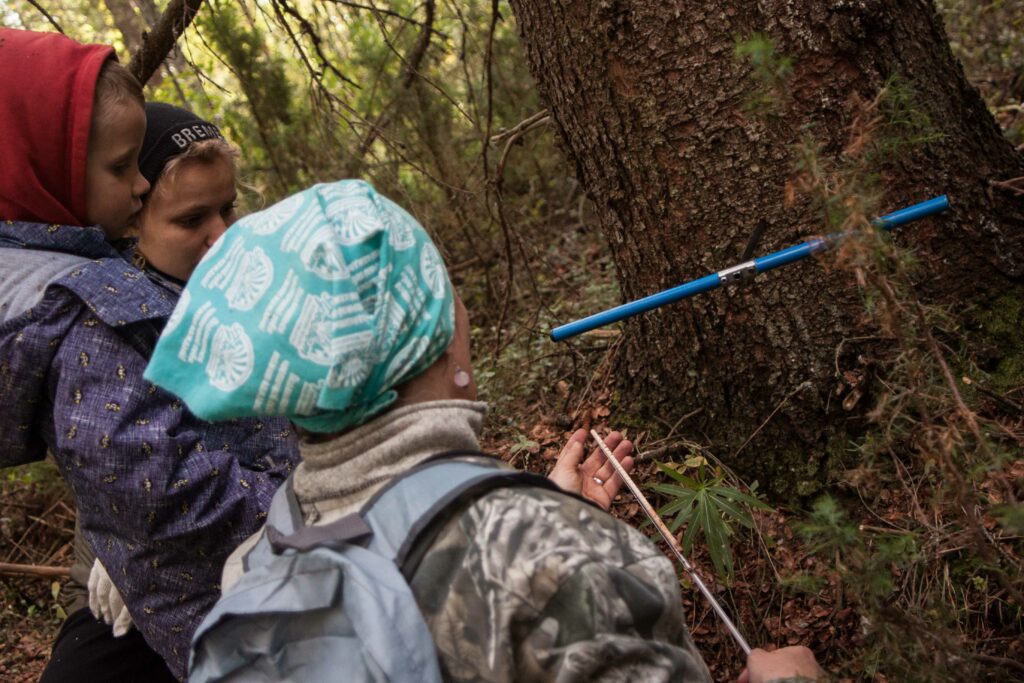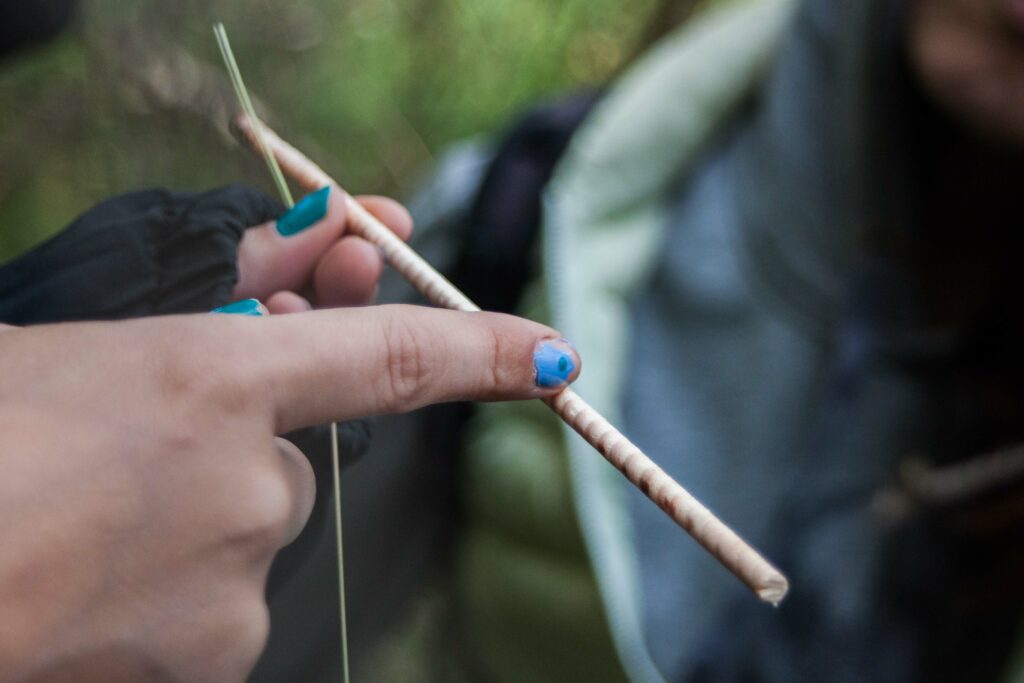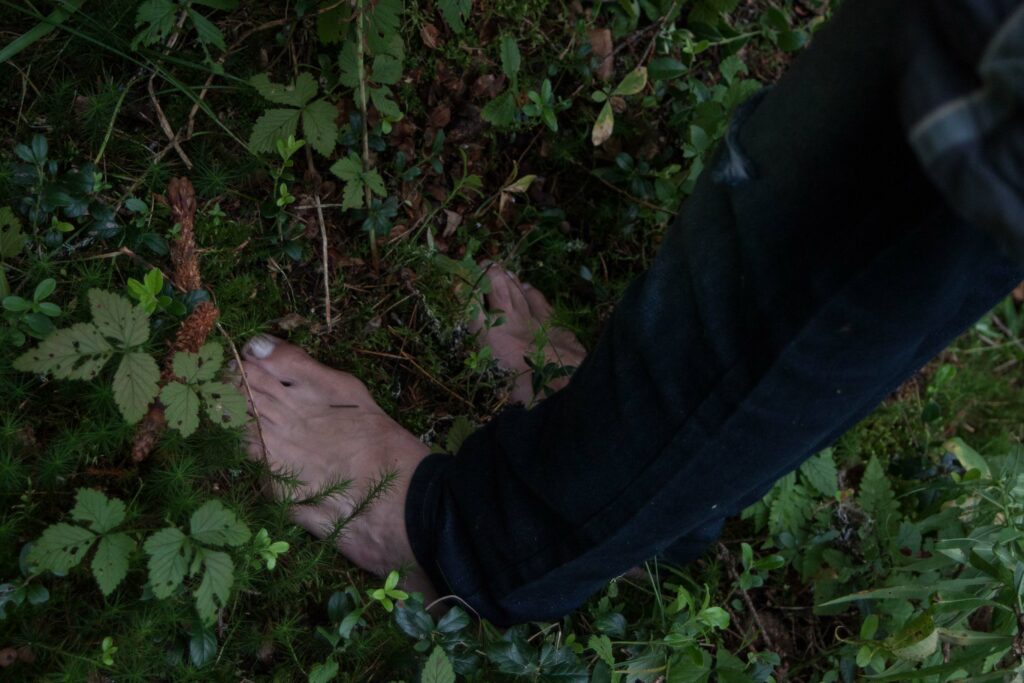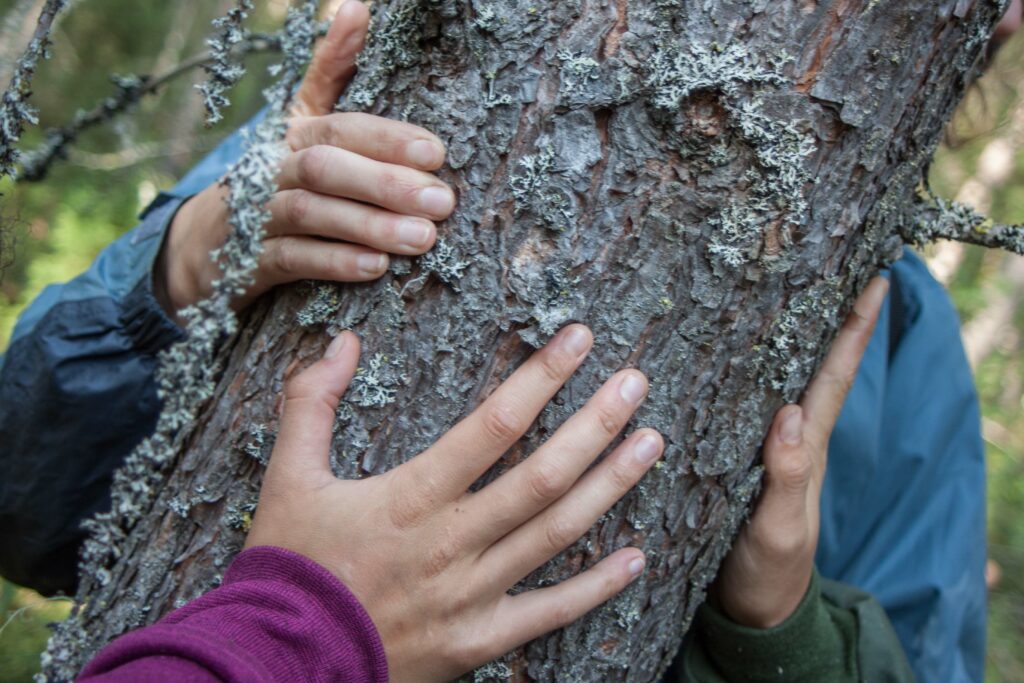YE Digital Detox 2019
Youth Exchange in the village Tarasovskaya, Arkhangelsk region
find an additional article about the forests of Siberia at the bottom of the page
From the 8th until the 15th of October, we spent an exciting youth exchange in the Russian wilderness. 21 participants from Germany, Spain and Russia got together in the Village “Tarasovskaya” in the Arkhangelsk Region. We had the opportunity to take part in this youth exchange “Digital Detox and Sustainable Living” organized by the international organization “Yes to sustainability”. This organization aims to bring together young people from all over Europe in order to teach them about sustainable living.
Our days in Russia all looked similar and already started with a highlight. Every morning from 07:00 am to 08:00 am, there was the “miracle morning”. A time and space for us to do embodiment exercises, talk about our goals, dreams and feelings and move our bodies. It was a really holistic time, and we loved starting our days like this. Since the miracle morning was optional, we usually only were 3-7 people which made it a super calm and energizing space.
We then went on to breakfast with everyone. Afterwards, we met for our morning session from 09:00 am to 10:00 am during which we discussed the plans for the day, distributed all daily tasks and had a little talk about the ecovillage project, their work as well as the sustainable lifestyle.
After this, it was time for some “hands on” activity. Whether that was stacking fire wood, turning hay, collecting mushrooms or cooking lunch, there was much to do.
At 13:30 it was time for some delicious Russian-style lunch which the kitchen team and two participants had prepared. It was a time to get together again, talk about the first half of the day and simply be in the moment. We then had a break until 15:30 which we used for naps, strolls around the village, journaling, reading etc.
The afternoon looked different every day, and we had some super fun activities. We went on walks in the forest and learned about the local tress, we visited the village’s library and learned about the history of the village, we had session on digital detox, had Russian lessons, did some horseback riding and did team building exercises. 45 min before dinner, we got together with our national groups for a sharing circle, to talk about what was going on during the day and to reflect on it.
Dinner was at 19:00 – we had traditional Russian, vegetarian meals and had two cultural nights which included a Spanish and a German dinner. After dinner, there were optional activities such as Russian dancing, Spanish and German cultural events, jam session etc.
The days in Russia were packed with beautiful things and lots of exciting opportunities to learn, grow and experience new things. No wonder the time passed by so quickly.
To give a better inside on what we experienced during the youth exchange, we interviewed three participants – one from each participating country: Max from Germany, Polina from Russia and Mireya from Spain.
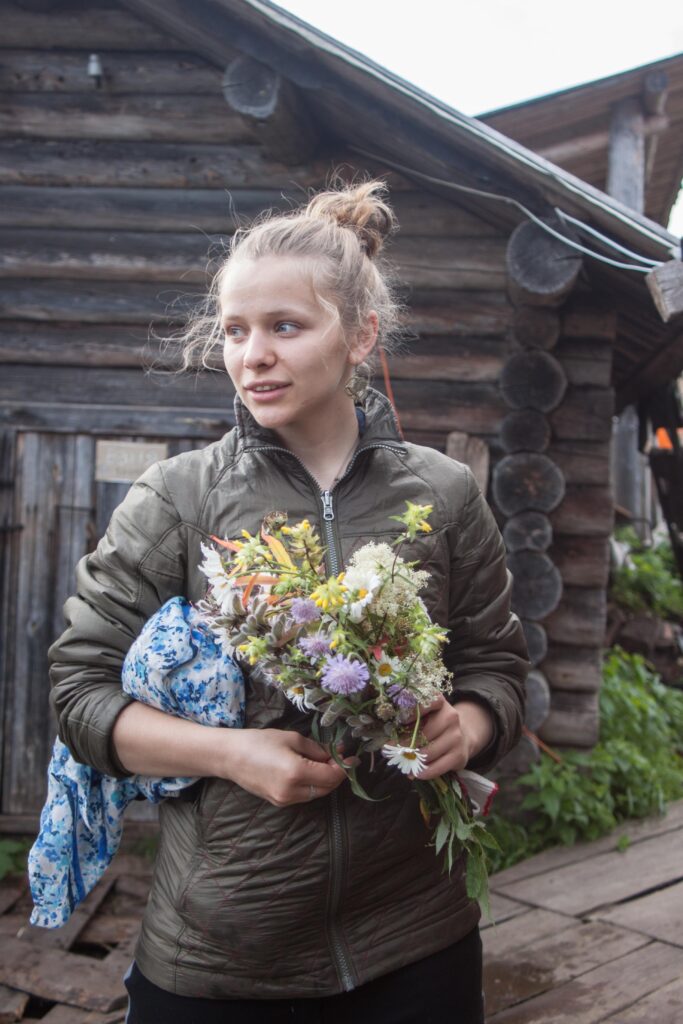
Polina (Russia) 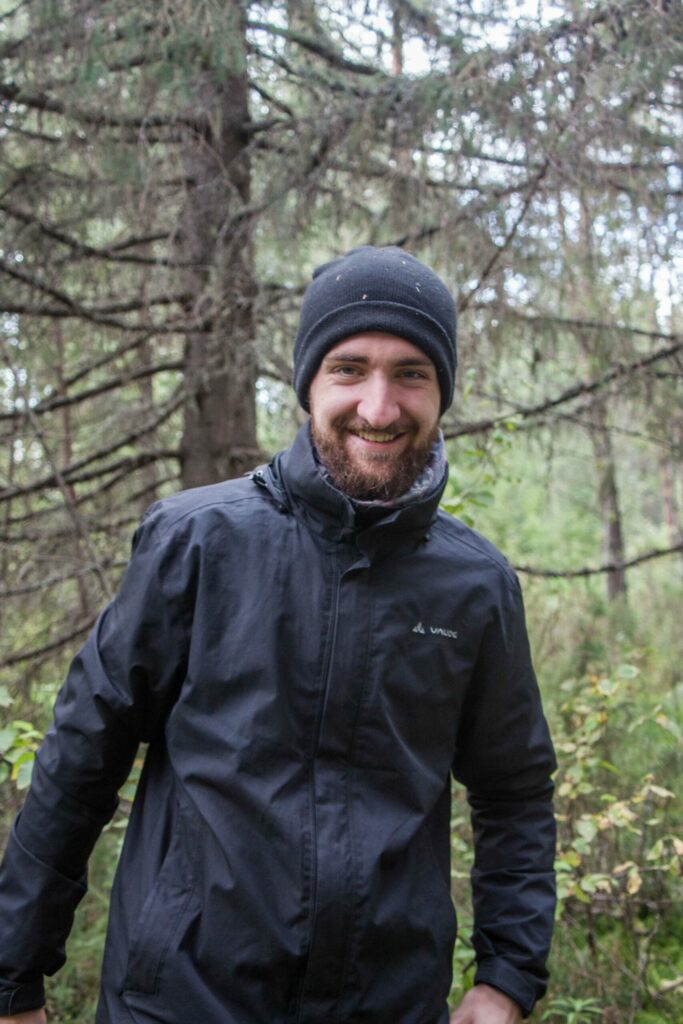
Max (Germany) 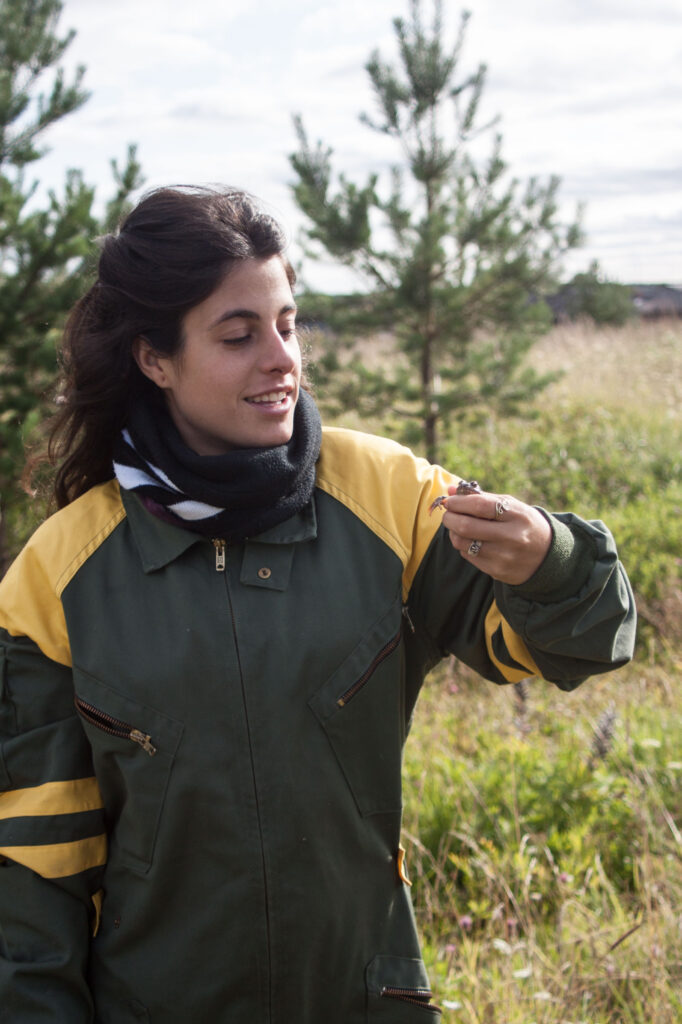
Mireya (Spain)
- What were your expectations of Russian culture and people and what was it like in real life?
Max: Max had been to Russia before, and had a general idea of what to expect. However, he was really curious to find out what it would be like in such a remote village. He was surprised how far away the village was from civilization and loved to be in such a beautiful, remote and isolated place. Max also noticed how kind, interested and open the Russian people are once you break the ice.
Polina: Polina had been to similar exchanges before and was really looking forward to the cultural evenings. She had lived in Germany before and had an idea of what to expect from the German people. However, she was very impressed by the Spanish peoples’ attitude and boldness.
Mireya: Mireya had no idea what to expect and went into the youth exchange unexpectant, yet very excited for what was to come. She was amazed by the kindness and openness of the Russian people and felt like she was in her own space, rather than half-way across the world.
2. What was the most valuable to you about the program? What was the most valuable beyond the program?
Max: For Max, it was getting to know unconditionally friendly people and to experience open and honest interest from everyone. It reminded him of those close groups in school which he used to have. Furthermore, it was the experience of living in a situation with less electricity and supplies than he was used to and realizing that he wasn’t actually missing anything. Max had the important realization that he is able to live in a good way without any kind of luxury.
Polina: For Polina, it was spending time and communicating with new people. She loved the exchange of different energies. To Polina, it was very enlightening to watch people live in and adapt to new conditions and then seeing how they interacted with each other in this new situation.
Mireya: Mireya realized that it takes a lot of effort to keep the sustainable lifestyle up, that people must be strong spirited and able to work hard. To her, it was very special to be able to feel innocent and “like a baby”, who was able to learn everything from the beginning and ask all the basic questions.
3. How did digital detox feel to you? What did you learn and what will you take from the experience?
Max: Max felt that the digital detox was rather easy. It was easy for him to stay away from all devices. In fact, he felt bad when he needed to use his devices in order to check for necessary things such as tickets etc. Without his devices, he was more dependent on the group and felt less stressed about time. “When I constantly check the time, it seems like my own time. When I do not check it, it becomes the time of the group”.Max plans to be more aware of his smartphone usage in the future. He will try to listen to fewer podcasts and less music in order to be more present in the moment.
Polina: In the beginning, Polina struggled to stay away from her gadgets but felt like it was getting easier after some time. She felt very supported by the place and the people around her. She realized that gadgets quickly can become some sort of a “crutch”. Without gadgets, she can be truer to herself and be more present in the moment. Polina plans to find people back home who will support a lifestyle with fewer gadgets. She wants to be more present, rather than mindlessly scrolling through her phone. Polina wants to take three hours a day away from all her gadgets.
Mireya: Mireya realized how many times a day she actually usually uses her phone. She felt more creative and imaginative. She loved finding out how things work without googling them and she was more present to observe what was happening around her. Going forward, she plans to ask herself why she is about to use her smartphone whenever she is about to use it.
4. Why are a sustainable lifestyle and communities and other similar projects important to you?
Max: “Well, otherwise our planet will die soon so really its common sense.”
Polina: “Such projects help people to be closer to their origin, be grounded. In the city you cannot feel the connection to the earth, yourself and other people. People change when being together in such projects.”
Mireya: “Life in the city is very quick. In a sustainable lifestyle, it is more natural, slower. You learn that things need time to grow and to prosper.”
To sum up the main aspect we all learned during this youth exchange, one can say that people mainly take out their phone when they feel lonely and when they want to connect with other. Yet, in reality, those connections are often only superficial with no deeper meaning. When people get together in real life and talk to each other without their phones, more meaningful connections can be established. Being around people, working as a team and solving problems together creates a bond that simply cannot be achieved in the digital world.
We loved having these special experiences in rural Russia and can only give you one piece of advice: Put away your phone, go visit your friends and be present together.
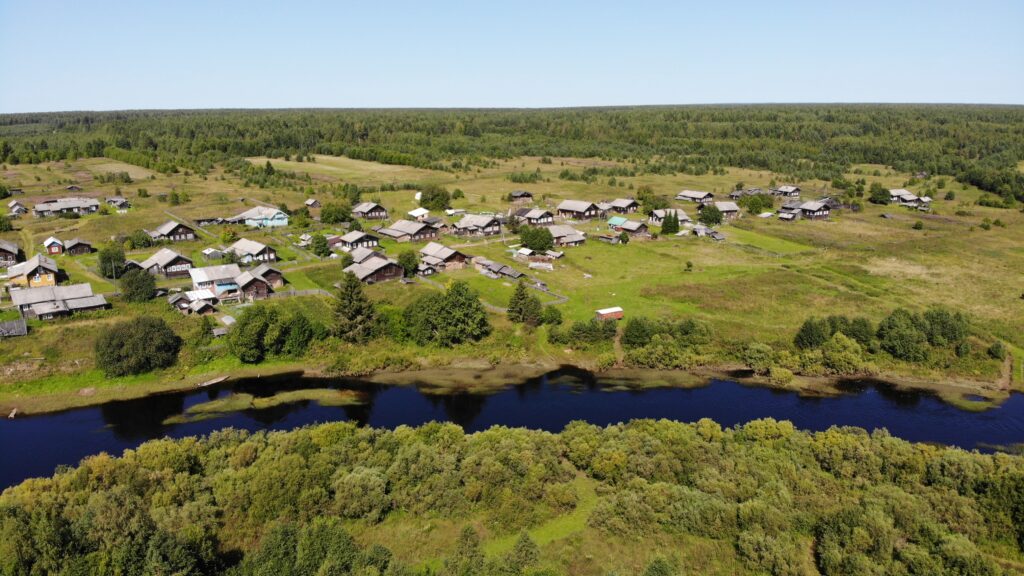
About the forests of Siberia
Adriana Garcia Aparicio – Biologist and Group Leader from Spain
Taiga is one of the main ecosystems in the Russian North. Birch, pine, larch, fir and spruce trees are the kings in this cold climates. Extreme winters with several months of permanent ice, long dark days are not suitable for many species.
Antonina has spent many years studying the forest in the North of Russia. She is the founder of ReSource an ecovillage in Tarasovskaya, a village 1 hour driving from Kizema, the nearest train station. In the warm months the only way to access is through rural and no paved roads, full of potholes, mud and puddles. The opposite happens in the cold of the winters, a road made of ice makes everything more accessible and faster. Antonina is member of a team (with the collaboration of some Russian Universities and other organizations) that goes on expeditions to monitor and describe the state and age of different forests in the Russian North.
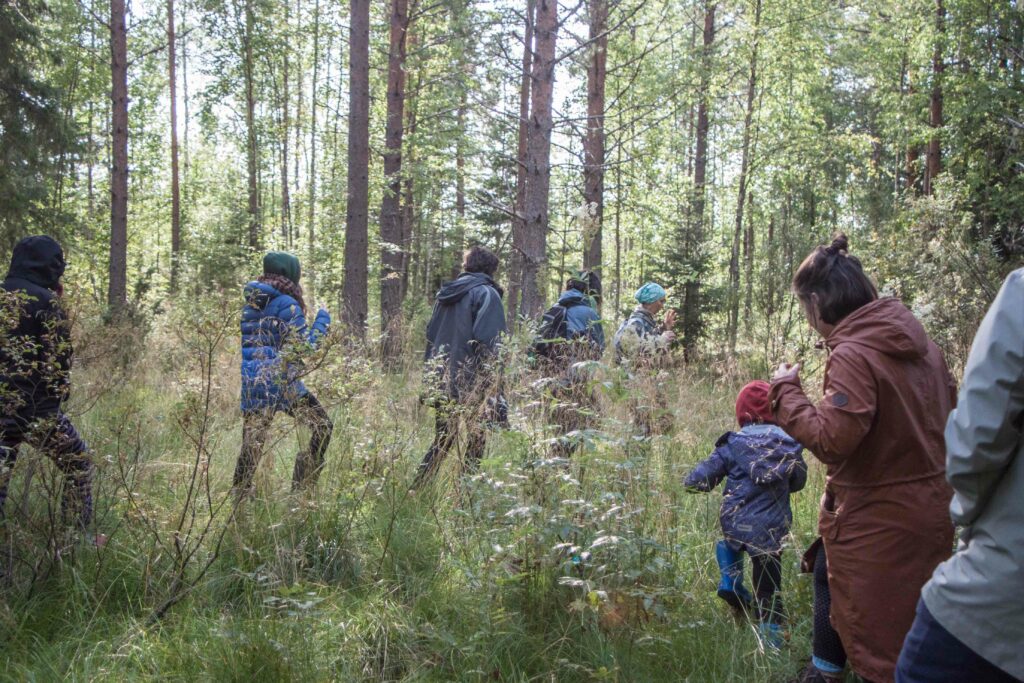
Thanks to the work Antonina is doing we can have scientific proves and also a tracking of what is happening with climate change. They are also involved in environmental and educational campaigns to teach how important the forest are; they regulate temperatures and rainfall on land, and we definitely need them if we still want to eat vegetables and feed our animals, forests masses attract rain and contribute to make fertile land. If you plant corridors of trees from the coast inland, they will act like straws in a smoothie, and they will contribute to the formation of clouds and therefore rainfall inside the land. Refilling aquifers. A really important and necessary strategy in arid places, definitely something to implement in the south of the Mediterranean area where the aridity is increasing and the masses of forest have decreased enormously.
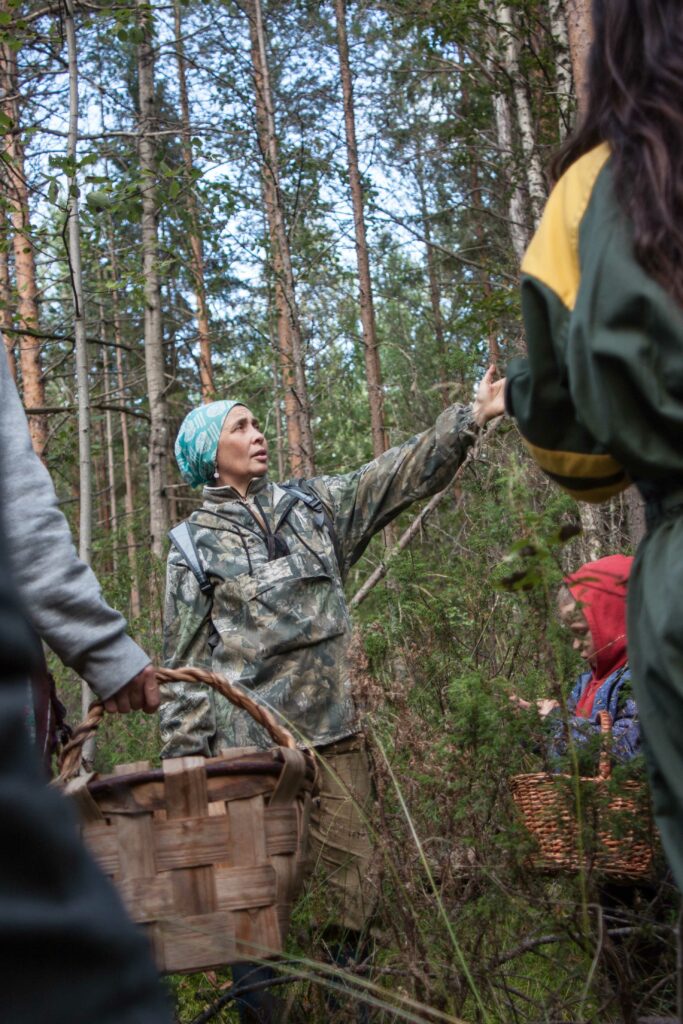
Antonina brings the awareness that even thought climate change is increasing temperature in many places, right there winters are appearing to be colder and summers are more variable and unpredictable in temperatures and rainfalls than before.
Another thing that we learnt with her was regarding the age of trees; after the industrial revolution, the amount of logging to supply the fast and never satisfied society has increased, which remaining forests are still ancient? Unfortunately not many. Even in this latitudes, in the territory of Taiga, we don’t find many elder trees.
The increment borer is a T shaped tool made out of metal that can drill the tree to extract a section of the wood inside, in this way the rings are visible to us. A darker ring for winters and a lighter one for summers, both rings represent a whole year and therefore we can count their age. The increment borer works similar to a corkscrew and in this way, like opening a bottle of wine, the people on expeditions can reveal the mysterious age of the trees.
Like in society we have different strata, we have tall people, short, medium size, crawling babies and many others, forests are similar and you can find different levels. The more mature a forest is, the more layers you will see. If we start at the bottom, we can see a huge carpet of cozy, moist mosses with low creeping plants with edible berries such as blueberries, cranberries and lingonberries. Only if the year is good they will provide food to the animals, if not, like this current year, wild bears would find their main bit in ants’ nests.
Going approximately 1 meter higher, to the next floor, we can find shrubs like juniper, hawthorns and wild roses. Above the tree layer appears. All it is mixed with a particular symbiosis of algae and fungae, the so-called liquens, that cover branches, trunks, leaves and decorate the forest.
Now you know that if you don´t see different layers or strata in a forest it is probably a young one or a human planted one, that has been managed in a way that doesn’t allow all of this diversity to appear. In mature forests we also find trees of different ages, younger shouts coming up from the ground, passing by a dying trunk that enjoyed its life already and left a window, an open space of light for new generations.
All these processes are important in the well being of a forest, all the elements together are a unique super-organism that self regulates. If we, as humans, observe and replicate such mechanisms, we have so much potential to interact with nature in a respectful way. We have different options in how to use the wood from forests. One is the indiscriminate logging that is well extended, in which one the trees are all planted in robotic lines and chopped down at the same moment, contributing to the increase of soil depletion and decrease of diversity. On the other side, with a selective logging, the forest structure remains and only some trees are chosen to be cut down.
We can choose how we want to treat the ecosystems, we can be completely blind and disconnected from it, or we can learn to see and interact with the forest with shaman eyes, that recognize the fountain of our resources and learn to admire the intrinsic value of a pure, raw ancient forest. Maybe we will understand one day as a society that only respecting and protecting this spaces we are also caring for our most sacred history.
